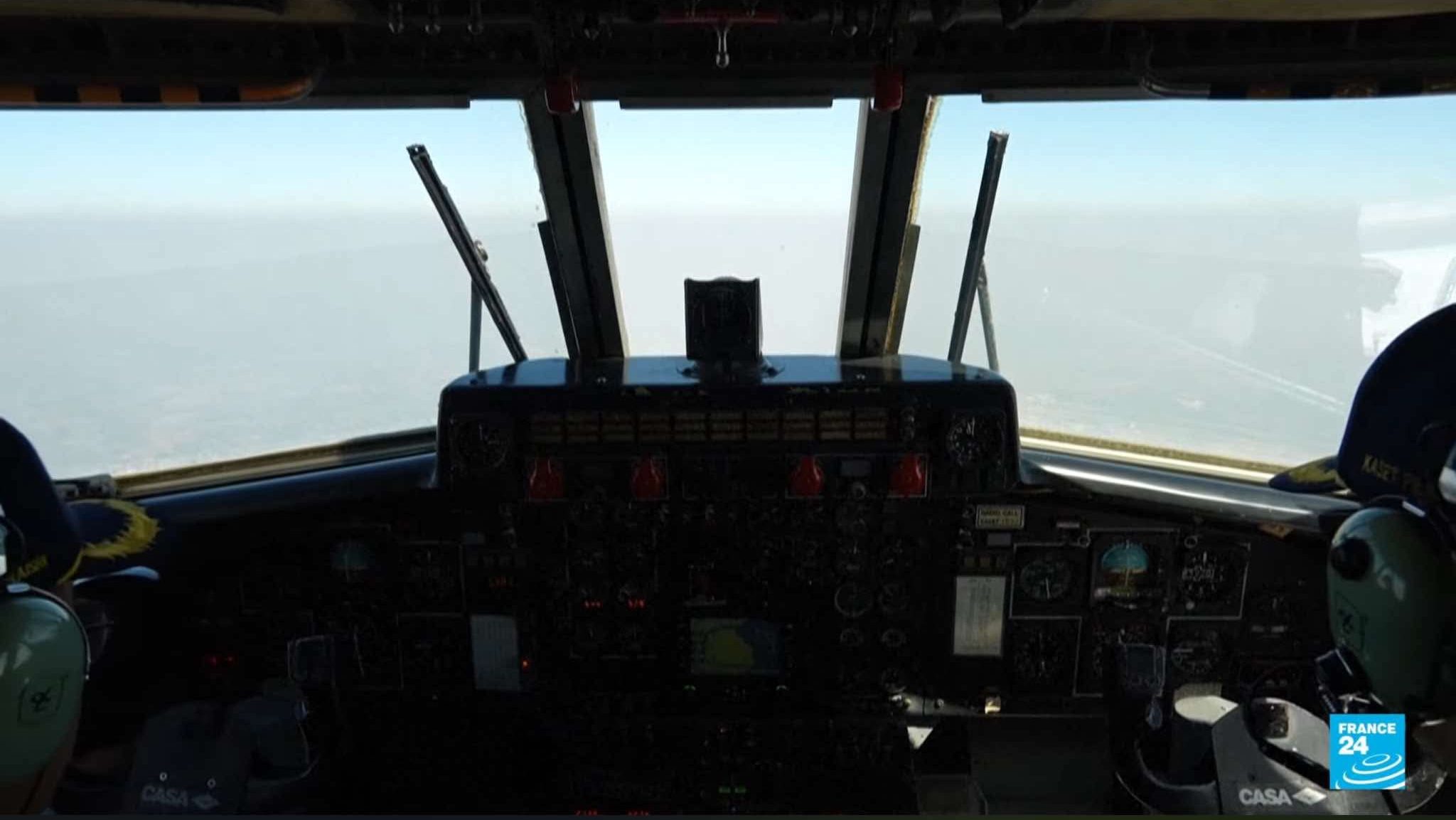THAILAND: Dense smog forced several flights to be diverted from Bangkok’s Don Mueang International Airport to Suvarnabhumi Airport on the morning of Sunday, Feb 2, due to severely reduced visibility.
According to an article published in Mothership, visibility at Don Mueang dropped to just 150 metres at 7:00 am, making safe landings difficult. The incident highlights ongoing concerns about air pollution in Thailand, which had already been reported as poor in late January due to stagnant air and agricultural burning.
Flights disrupted by low visibility
The heavy smog led to significant disruptions for multiple flights. AirAsia X Flight XJ901 from Harbin, China, was among those diverted to Suvarnabhumi Airport, as pilots faced difficulty navigating through the thick haze that had engulfed Bangkok’s skies.
Other flights experienced delays and were forced to circle above the airport while waiting for conditions to improve. Air traffic controllers had to carefully manage airspace congestion, ensuring the safety of both incoming and outgoing flights amid reduced visibility.
Despite the challenging conditions, some flights, such as Thai AirAsia Flight FD3417 from Chiang Mai and Thai Lion Air Flight SL213 from Ahmedabad, India, were eventually able to land at Don Mueang Airport. However, these flights likely had turbulent descents and prolonged holding patterns as pilots waited for clearance to land safely.
Hazardous air quality levels recorded
The Bangkok Metropolitan Administration’s Air Quality website reported on Sunday morning that PM2.5 levels in parts of the city had reached harmful levels, averaging 56.1 microgrammes per cubic metre.
By 11:00 am, air pollution at Don Mueang Airport had worsened, with PM2.5 concentrations rising to 64.7 microgrammes per cubic metre. This level of pollution poses health risks, particularly for vulnerable groups such as children, the elderly, and individuals with respiratory conditions.
PM2.5 refers to fine particulate matter with a diameter of 2.5 micrometres (0.0025 mm) or smaller. These tiny particles, often found in smoke and pollution, can penetrate deep into the lungs and even enter the bloodstream, contributing to various health issues, including respiratory and cardiovascular diseases.
According to The Bangkok Post, Thailand Prime Minister Paetongtarn Shinawatra admitted that, despite planning well ahead and adopting measures to resolve the foreseen PM2.5 pollution issue, the problem remains severe in her monthly address.
A recurrent problem
Bangkok’s air pollution crisis is not a new issue. Seasonal factors such as agricultural burning and stagnant weather conditions frequently lead to high pollution levels, forcing authorities to implement emergency measures. In response to the worsening air quality, officials urged people to work from home to minimise outdoor exposure, as reported by Mothership.
This latest disruption serves as yet another reminder of the urgent need for long-term solutions to improve air quality and prevent further travel and health-related issues in the Thai capital. Short-term measures such as urging residents to work from home and diverting flights can help mitigate immediate risks, but they do not address the root causes of the problem.
Without significant action, air quality in Bangkok will likely continue to deteriorate, leading to more frequent travel disruptions, economic consequences, and severe health risks for residents. The situation highlights the importance of coordinated efforts between government agencies, businesses, and the public to create a cleaner and healthier urban environment.

